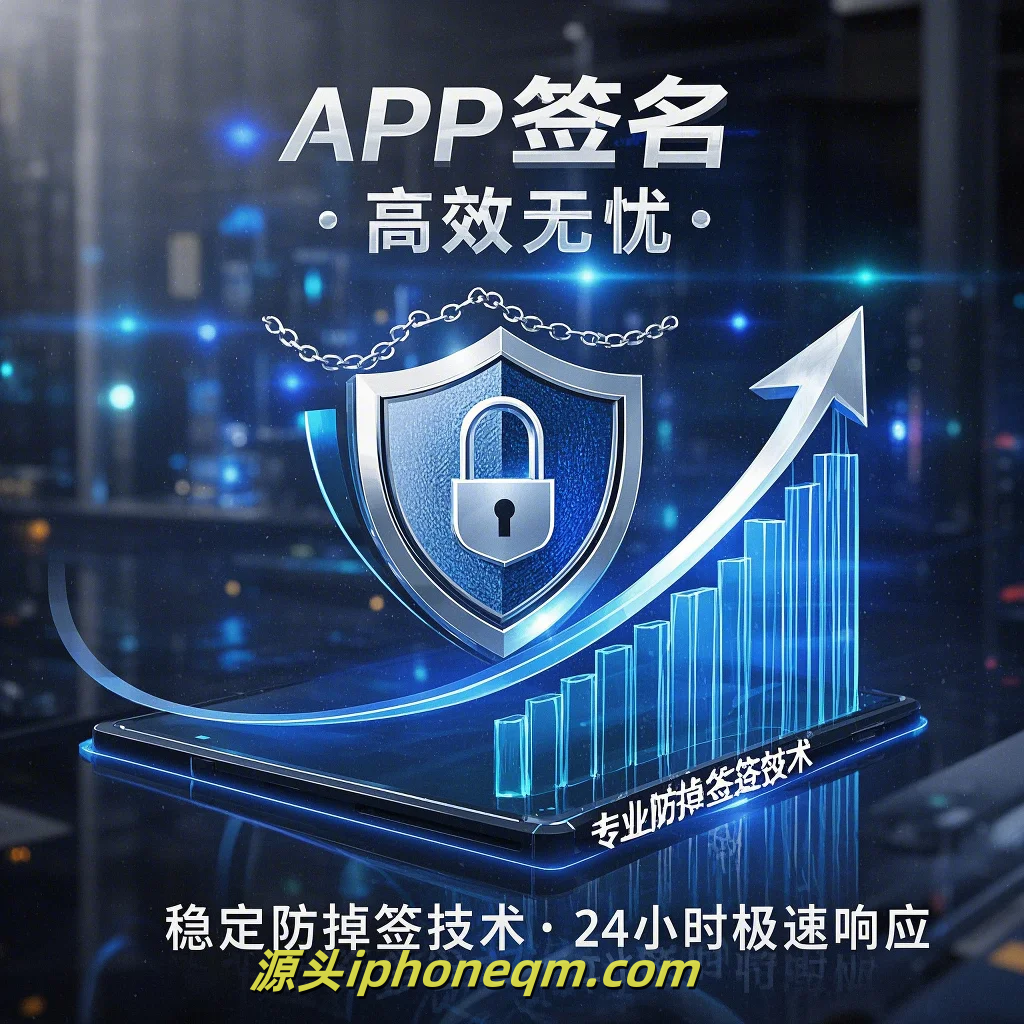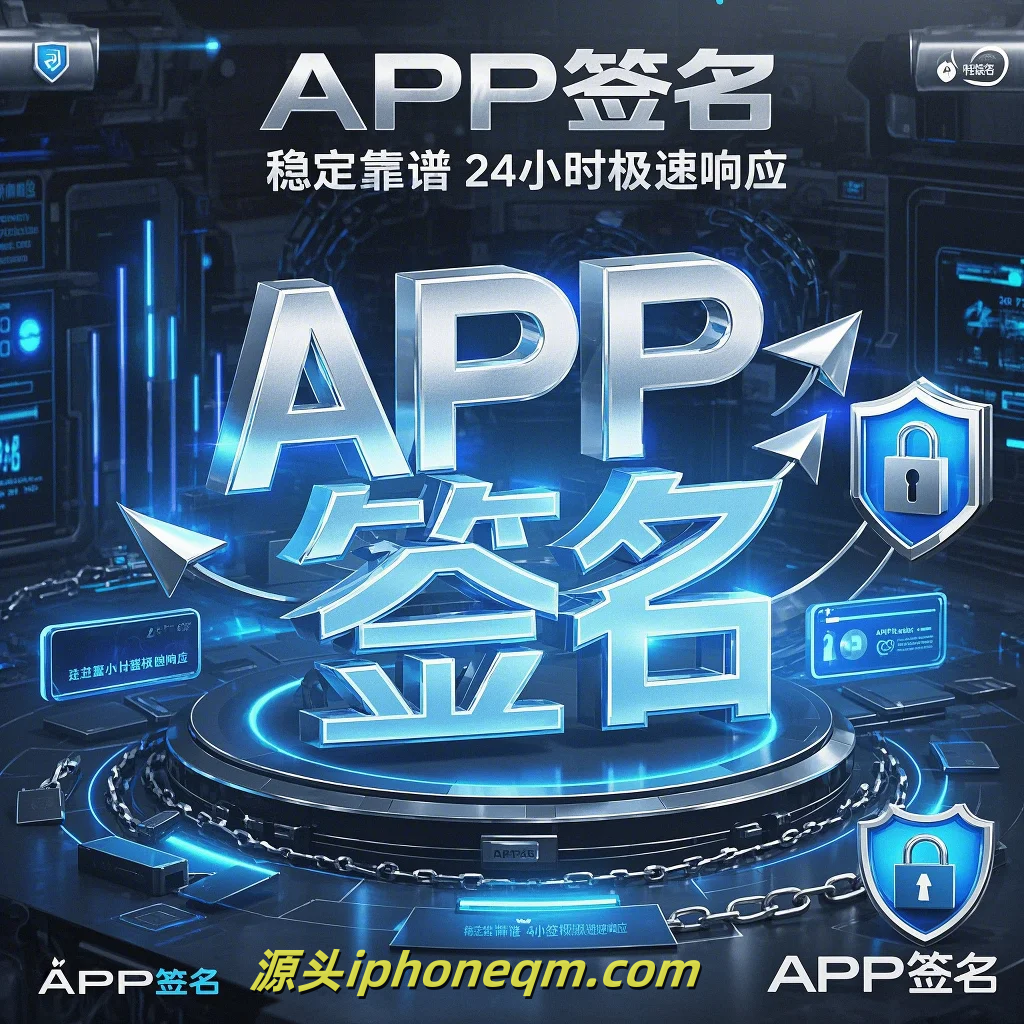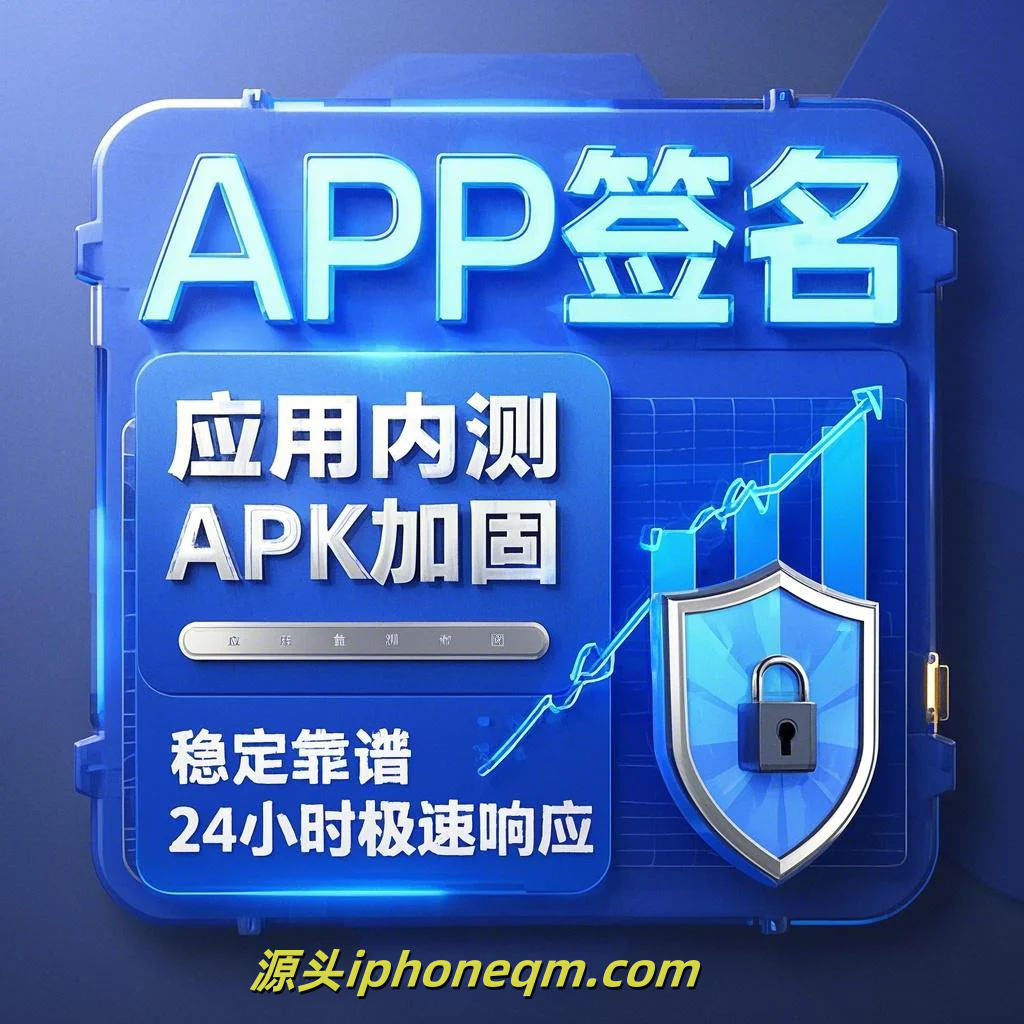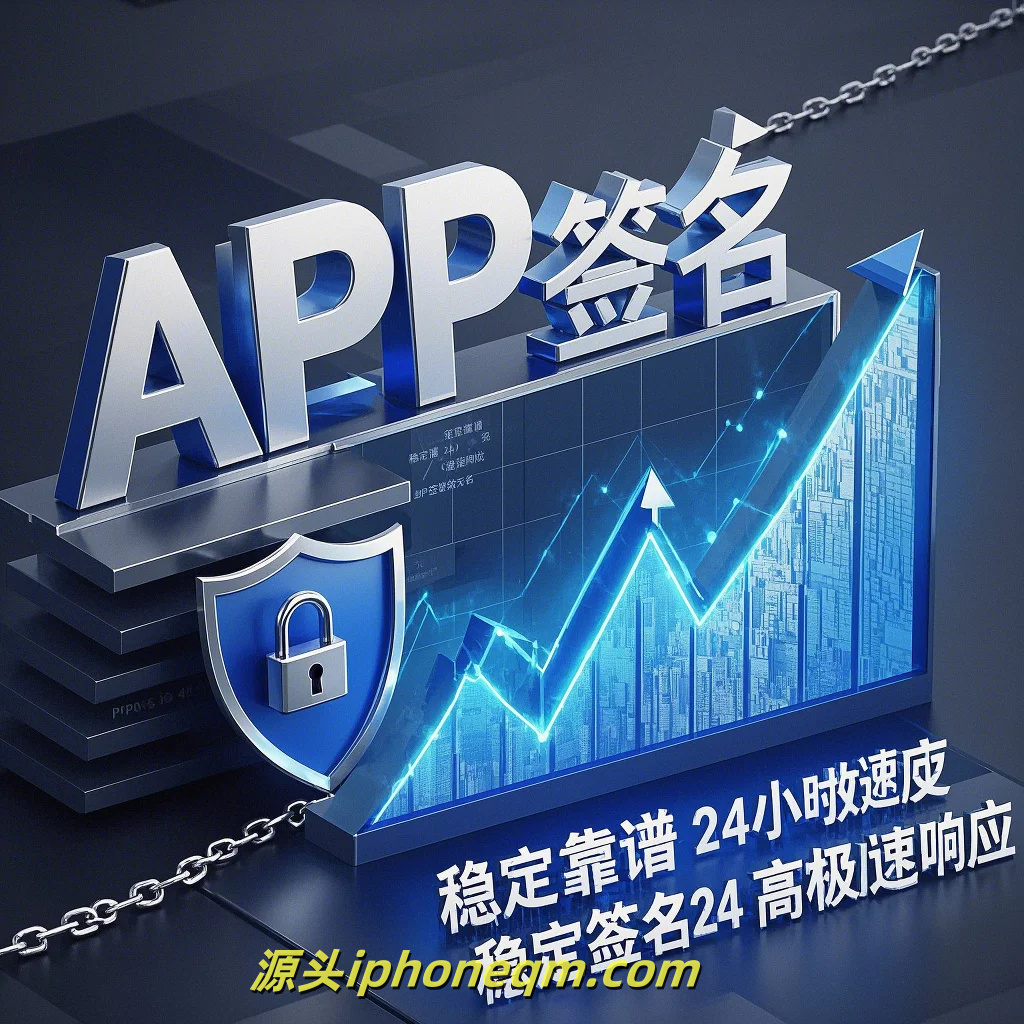Mastering Apple Enterprise Signing Techniques for Your Apps
In today's digital age, mobile applications play a critical role in enhancing business productivity, and for enterprises, utilizing Apple’s ecosystem through proper signing techniques is paramount. This article will walk you through mastering Apple Enterprise Signing techniques to ensure your applications are securely deployed within your organization.
To begin, it is essential to understand what enterprise signing entails. Apple’s Enterprise Developer Program allows organizations to develop and distribute apps internally without going through the App Store. This is particularly beneficial for organizations with private applications tailored to their specific needs. Mastering this signing process is crucial for a smooth deployment.
First, before diving into the technical components, you need to enroll in the Apple Developer Enterprise Program. This requires your organization to be a registered legal entity. Once enrollment is complete, you will have access to certificates, identifiers, and profiles specific to enterprise distribution.
Now, let’s move on to certificates. Certificates are the backbone of ensuring your applications are trusted by Apple devices. You will begin by creating a Certificate Signing Request (CSR) using Keychain Access on your Mac. After you've generated the CSR, you will upload it to the Apple Developer portal to create your enterprise distribution certificate. Once approved, download and install the certificate in your Keychain.
Next, we’ll cover provisioning profiles. Provisioning profiles are essential for allowing your app to run on devices. For enterprise apps, you need an enterprise provisioning profile that matches your distribution certificate. Create this profile on the Apple Developer portal, ensuring it has the correct App ID and is tied to your enterprise certificate. Once generated, download and include this profile in your project.

With certificates and provisioning profiles set up, you can now prepare your app for signing. Open your project in Xcode and navigate to the project settings. Under "Signing & Capabilities," select your enterprise team, and ensure that the provisioning profile and certificate are correctly aligned. This step is crucial for preventing runtime issues.
After configuring your app for signing, the next step is to build your app. In Xcode, select “Archive” from the Product menu. This will create a build of your application that is ready for distribution. Once the archiving process is complete, you can export the app. Choose “Export” and select the option for "Enterprise" distribution. This will create a .ipa file, which is essential for deploying your application.
While the .ipa file is your application, effective distribution is the key to ensuring that your enterprise app reaches your intended users. You have a couple of options here. You can use an internal distribution platform or Mobile Device Management (MDM) solutions. MDM provides robust capabilities for distributing apps, monitoring usage, and ensuring compliance with corporate policies.
Furthermore, consider implementing security measures to protect your application. Utilize encryption and secure coding practices to ensure that sensitive data within your app is adequately protected. Regularly updating your app and signing components is another critical aspect of maintaining security.
In summary, mastering Apple Enterprise Signing techniques is an invaluable skill for any organization looking to deploy secure and efficient applications internally. By understanding the enrollment process, managing certificates and profiles, preparing your project in Xcode, and choosing the right distribution methods, you can ensure that your enterprise apps are effectively signed and distributed. Remember to keep security at the forefront of your development process to safeguard your organization’s data. With these steps in hand, you are well on your way to becoming proficient in enterprise app signing techniques.
扫描二维码推送至手机访问。
版权声明:本文由MDM苹果签名,IPA签名,苹果企业签名,苹果超级签,ios企业签名,iphoneqm.com发布,如需转载请注明出处。











